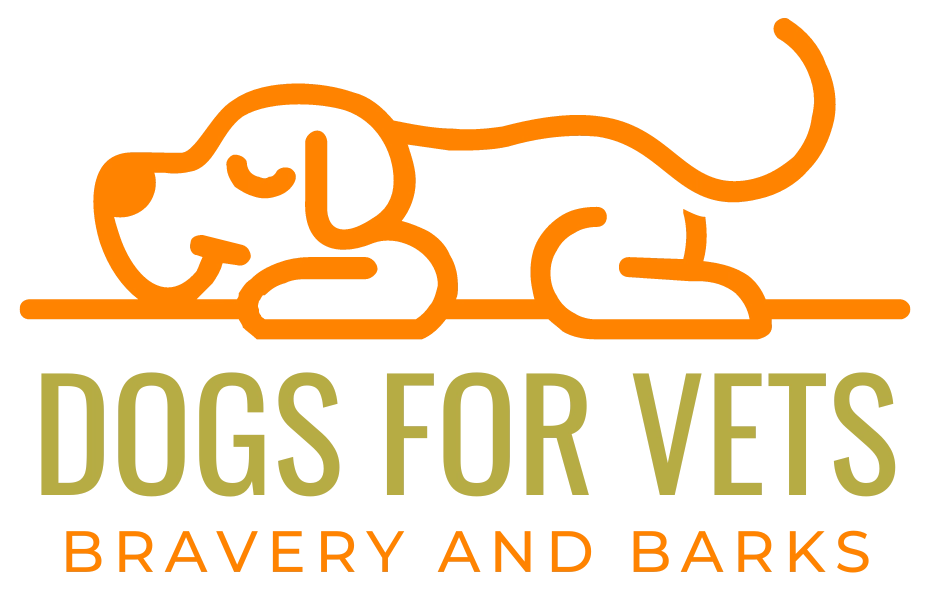This post may contain ads and affiliate links and we may earn a small commission when you click on the links at no additional cost to you. As an Amazon Affiliate, we earn from qualifying purchases. You can read our full disclaimer here.
New Foster Dog Tips for the First Bark to Their Forever Home

Ah, the initial meeting! Equal parts thrilling and nerve-wracking. As you tap into these new foster dog tips, remember the first 48 hours are like the opening chapters of a book.
Set the tone right, and you’re in for an epic tale of friendship and growth.
Understanding Fostering with New Foster Dog Tips: What It Truly Means
When you start exploring new foster dog tips, you’re not just looking for advice; you’re stepping into a transformative journey. So, what does fostering really entail?
The Fostering Journey: A Quick Snapshot
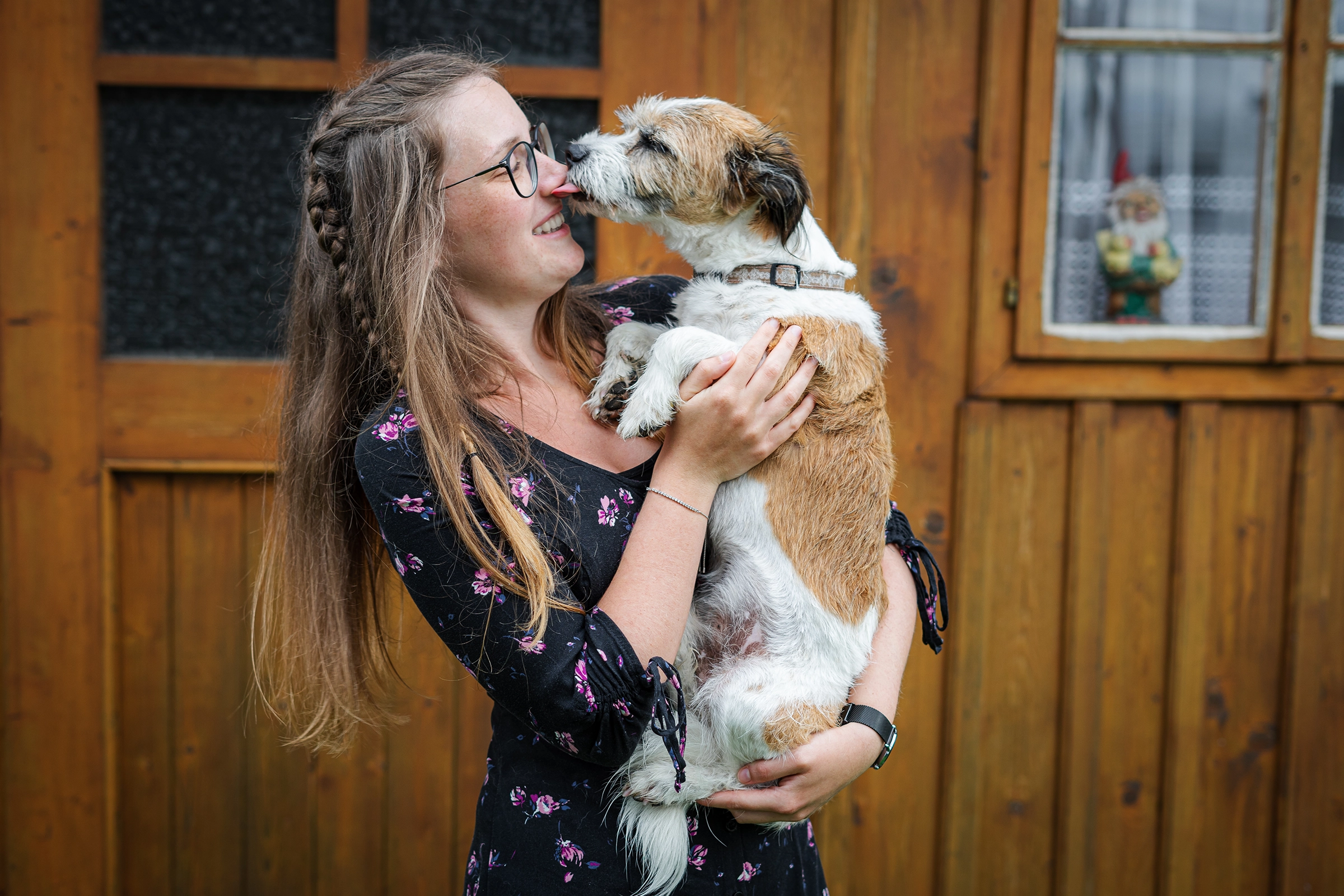
Fostering a dog is like taking a road trip with an unknown destination. Sure, there might be a few bumps and detours, but the experiences you’ll gain and the stories you’ll share are immeasurable.
Every dog comes with its own narrative, its unique personality, and a hopeful gaze.
Your role? Being the dependable navigator, guiding and supporting them until they find their forever home.
Key Aspects of the Fostering Experience:
- Emotional Connection: Bonding with a dog who’s had a tough time.
- Responsibility: Ensuring their well-being and daily needs.
- Guidance: Training and introducing them to new environments.
- Letting Go: Preparing for the eventual departure when they find a permanent home.
Providing a Temporary Safe Haven: More Than Just a Roof
It’s not just about offering shelter. It’s about creating an environment where they can relax, rejuvenate, and rediscover joy. Imagine crafting a mini oasis for these pups, complete with all the comforts they’ve missed out on.
Need to know the best supplies for your foster dog? Don’t miss our post about foster dog supplies.
They’ll have belly rubs, treats, perhaps a toy or two, and yes, maybe the occasional bark at the mailman. In this sanctuary, dogs often mend emotionally, learn to trust, and gear up for their next life chapter.
Through these new foster dog tips and experiences, remember: fostering is more than a brief stint in a dog’s life. It’s an impactful chapter filled with growth, love, and the promise of brighter days ahead.
The rewards? Countless, and often felt with every joyous bark and heartwarming cuddle.
Preparing Your Home with New Foster Dog Tips
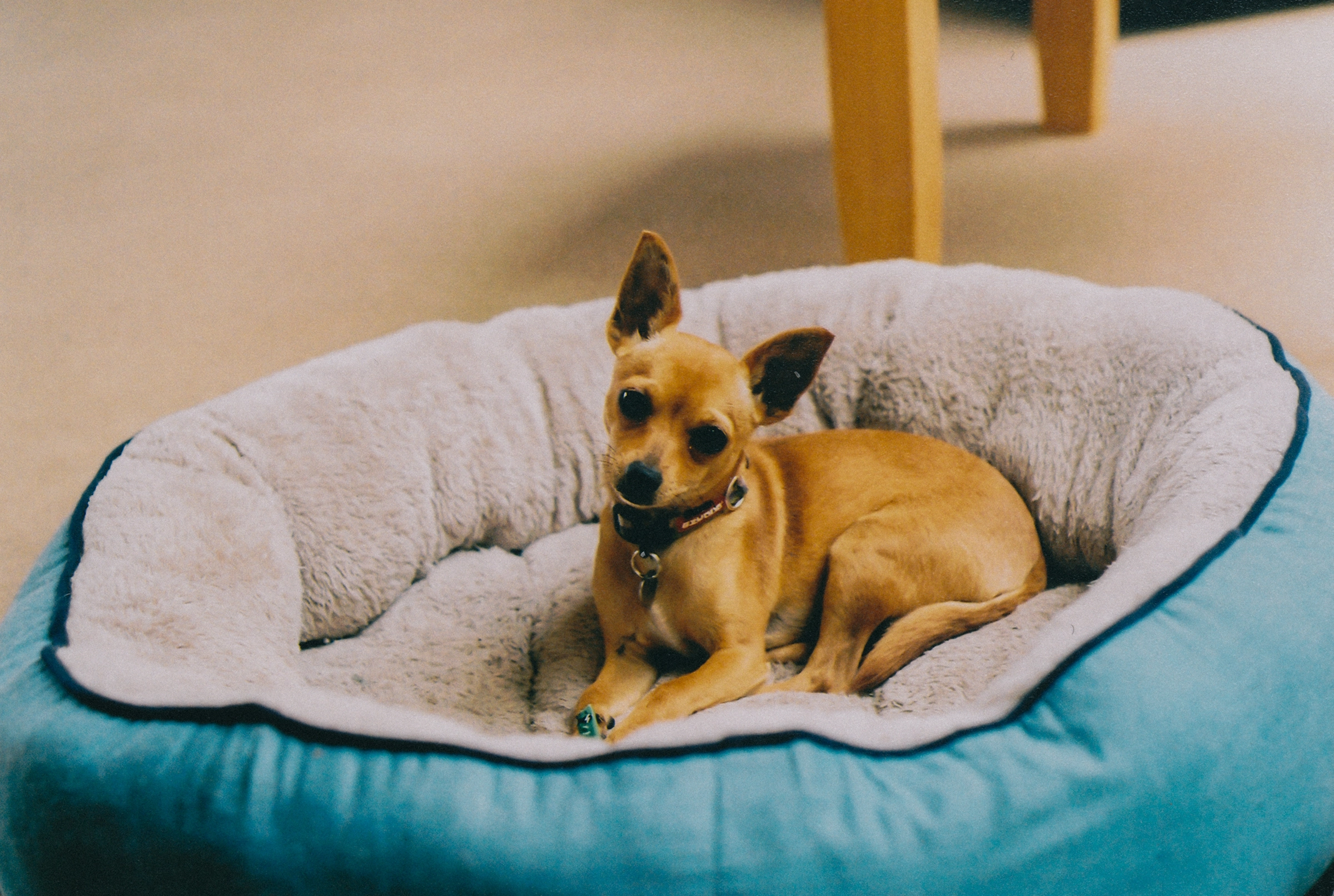
When you delve into new foster dog tips, the emphasis on preparing your home is undeniable. It’s about ensuring safety, comfort, and a nurturing environment for your furry guest. Let’s break down the key steps to make your home foster-friendly.
Setting Up a Dedicated Space for Your Foster Dog
Crafting a dedicated space isn’t just about allocating a corner of your house; it’s about providing a sanctuary. A place where your foster dog can feel safe, secure, and comfortable.
- Personal Space: Identify a quiet corner or room where they can relax.
- Comfort Items: Add a soft bed, toys, and perhaps a familiar blanket.
- Sanctuary: This should be a place they can call their own, somewhere they can retreat when they need time alone.
Child and Other Pet Introductions: Making It Smooth
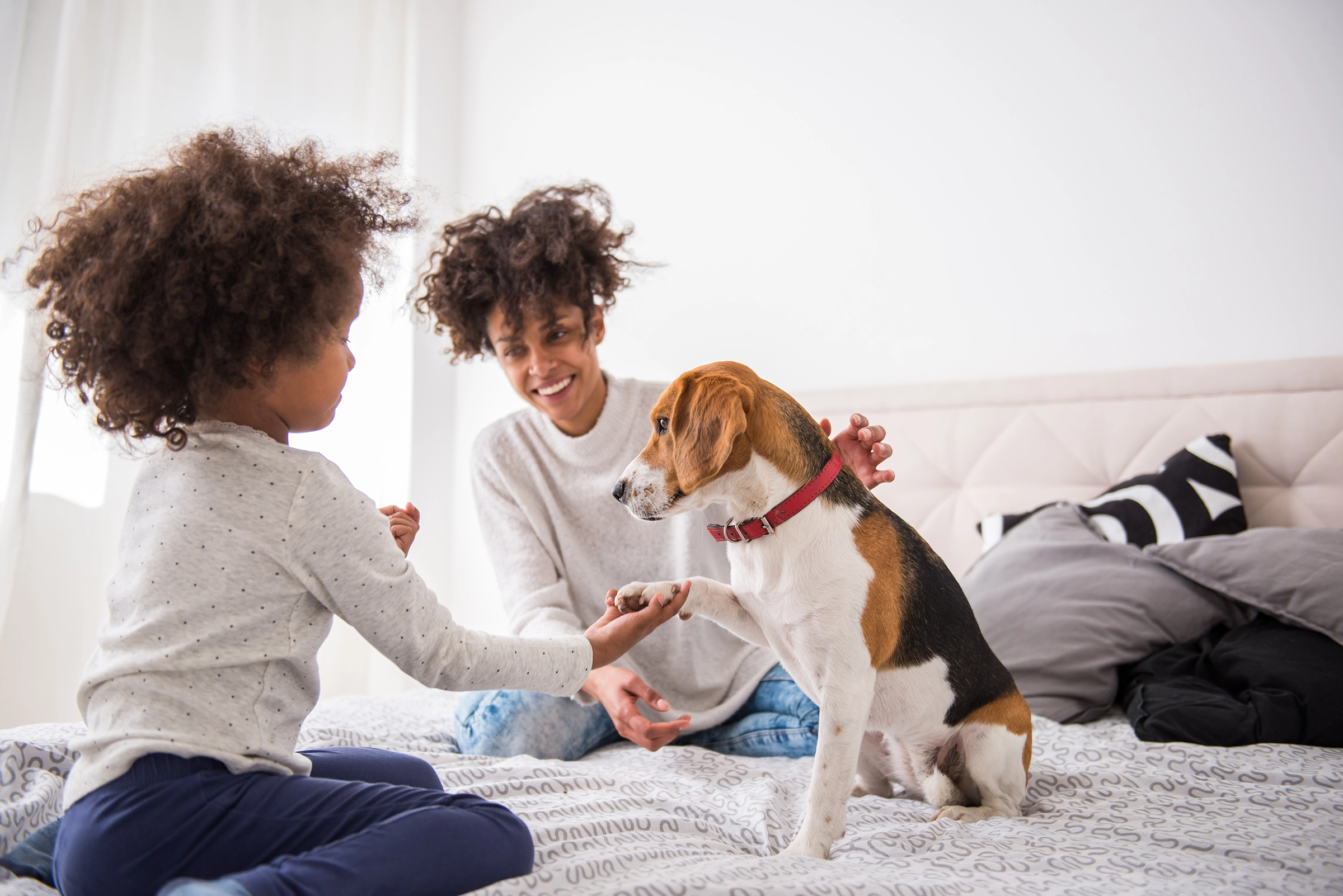
Blending a new canine into a household with children or other pets can be a dance that requires grace and patience.
- Educate the Kids: Teach them the basics of interacting with the dog—gentle touches, reading the dog’s mood, and giving space when needed.
- Pet Introductions: For existing pets, start with slow and monitored interactions. Let them acclimate to each other’s presence gradually.
- Observation: Always keep an eye on their early interactions and reward positive behavior.
Ensuring a Safe Environment: Beyond the Basics
Safety isn’t solely about removing what’s harmful; it’s about fostering a space of fearless exploration.
- Spot Hazards: Survey for potential dangers like accessible cords, small ingestible objects, or sharp items.
- Boundaries: Clearly define areas the dog can and cannot access. This might be specific rooms or parts of the garden.
- Toxic Substances: Store away items harmful to dogs, from certain plants to chocolates and specific household cleaners.
Following these new foster dog tips and preparing your home accordingly can make the transition smoother for everyone involved. Here’s to creating a space filled with trust, joy, and many delightful doggy moments!
Initial Arrival with New Foster Dog Tips: Navigating the First 48 Hours
When you’ve geared up with new foster dog tips and you’re ready to welcome your furry charge, those initial 48 hours can be a rollercoaster. These critical hours set the stage for the entire fostering experience.
The Stress of Transitioning: A Closer Look

Moving into a new environment is a tidal wave of new experiences for a dog. It’s not just a physical transition but an emotional one too.
Spotting Anxiety Signs: Dogs show stress in various ways. Beyond the obvious like panting or whining, look for subtler signs:
- Lip Licking: Frequent, out-of-context lip licking or tongue flicking can indicate unease.
- Yawning: While yawning can simply mean a dog is tired, excessive or out-of-place yawning can be a sign of stress.
- Pacing: Aimlessly wandering or consistently pacing in a set pattern without a clear reason.
- Avoiding Eye Contact: Reluctance to make direct eye contact or turning their head away often.
- Whale Eyes: This is when a dog shows the whites of its eyes in a half-moon shape, often indicating discomfort.
- Tucked Tail: A tail held low, tucked between the legs, can be a sign they’re feeling insecure or anxious.
- Shivering: Trembling or shivering, especially when it’s not cold, can be indicative of fear or anxiety.
- Hiding or Seeking Solitude: Consistently retreating to a secluded spot, hiding under furniture, or avoiding interaction.
Understanding these can help you address their discomfort.
Appetite Fluctuations: Stress might dampen their appetite. Don’t be alarmed if they don’t eat much initially. You can entice them with mild, aromatic foods, but don’t force-feed.
Solitude Seeking: Like humans, some dogs cope by seeking quiet. A safe corner, a secluded spot, or even just a dim room can be their sanctuary. Allow them this space.
Balancing Space and Bonding: Finding the Right Mix
Immediate bonding is a beautiful idea, but the reality often demands patience and understanding.
The Importance of Their Space: Think of their designated area as their room. Initially, let them settle in, sniff around, and acquaint themselves with this space, undisturbed.
Gentle Overtures: Instead of overwhelming them with affection, extend a quiet hand, sit beside them without direct eye contact, or simply be present. Let them initiate interactions.
Bonding Activities: Over time, you can introduce activities—maybe a calm game, gentle grooming sessions, or shared quiet moments. This mutual participation paves the way for bonding.
First Introductions: Crafting Positive First Impressions
Whether it’s bubbly kids or curious pets, initial introductions can make or break relationships.
Child Protocols: Educating Youngsters for Safe Interactions
Introducing a foster dog to children requires preparation, ensuring the safety and comfort of both the child and the dog. Here are five essential guidelines to educate kids:
- Quiet Interactions: Emphasize the importance of using soft voices and avoiding loud, sudden noises that might startle the dog.
- Gentle Movements: Teach children to move slowly and deliberately around the dog, avoiding quick, unpredictable motions that could cause anxiety.
- Let the Dog Initiate: Instruct kids on the importance of allowing the dog to come to them. A dog approaching voluntarily is more likely to have a positive interaction.
- Reading Dog Cues: Help children understand basic dog body language:
- Tail Wagging: Often indicates happiness, but a stiff wag can signal alertness or agitation.
- Growling: A sign of discomfort or a warning to give them space.
- Safe Touch Zones: Show children where dogs typically like to be petted, such as their back or chin, and areas to avoid, like their paws or tail.
Pet Dynamics: Setting the Stage for a Smooth Introduction

When you have existing pets, fostering a new dog can be a dance of dynamics and territories. To facilitate harmonious introductions, consider these five strategies:
- Neutral Ground: Opt for a space unfamiliar to both pets, such as a nearby park, which helps prevent territorial behavior.
- Have Backup: It’s beneficial to have a second person on hand. Each individual can handle one pet, ensuring more control during the introduction.
- Leashed Introduction: Initially, keep both pets on leashes. This gives you the control to separate them quickly if necessary.
- Monitor Body Language: Pay close attention to their signals:
- Relaxed Postures and Sniffing: Indications of curiosity and potential acceptance.
- Raised Hackles or Bared Teeth: Signs of tension or potential aggression.
- Gradual Integration: Once the initial meeting goes well, gradually increase their shared time, supervising each interaction until you’re confident in their mutual comfort.
Consistent Oversight: Initial meetings should always be supervised. By ensuring all interactions are calm and positive, you’re fostering a harmonious environment from the get-go.
By taking a detailed approach, equipped with these new foster dog tips, you’re ensuring that the initial days are more comfortable for your foster dog.
Every small gesture, every moment of patience, contributes to a growing bond, ensuring your home becomes their sanctuary, even if it’s just for a while.
By following these detailed guidelines and being patient, the integration of a new foster dog into a household with children or other pets can be a smooth and rewarding process.
Age-Specific Tips Foster Dog Tips
Navigating the nuances of fostering isn’t a one-size-fits-all journey. A dog’s age greatly influences its needs, behavior, and the challenges you might encounter.
Let’s zone in on puppies, those bundles of joy that come with their unique set of quirks and demands.
Puppies: Navigating the World of Youthful Exuberance

Puppies, with their boundless energy and innate curiosity, are a delightful challenge. They’re at a stage where everything is new, everything is a potential toy (including your favorite shoes), and every waking moment is an opportunity to explore, play, or cause a bit of mischief.
1. Managing Energy and Mischief
Puppies, akin to toddlers, are brimming with energy. Their idea of fun might sometimes be your idea of chaos.
- Structured Playtimes: Having specific times dedicated to playing can help burn off their pent-up energy. Toys, tug games, or fetch can be excellent outlets.
- Mental Stimulation: It’s not just about physical play. Interactive toys, puzzle feeders, or even simple obedience games can tire out a puppy mentally.
- Consistent Routine: Puppies thrive on routine. Regular feeding times, bathroom breaks, and nap times can make them feel secure and reduce mischief born out of anxiety.
2. Basics of Puppy Training and Socialization
Training isn’t just about obedience; it’s about building a bond of mutual respect and understanding.
- Positive Reinforcement: Praise, treats, or play can be rewards. When they follow a command or exhibit good behavior, reward them. It makes learning fun and effective.
- Socialization Windows: Puppies have a golden period, typically between 3-14 weeks, where positive exposures to various stimuli (people, places, sounds) can shape them into well-adjusted adults. Safely introduce them to different environments, friendly pets, or varied sounds.
- Basic Commands: Start with simple commands like “sit,” “stay,” or “come.” Keep training sessions short but consistent. Ten minutes a day can do wonders.
3. Handling Separation Anxiety
Young pups, especially those separated early from their mothers or littermates, can experience separation anxiety. It’s an apprehensive feeling when left alone.
- Gradual Desensitization: Start by leaving them alone for short periods, gradually increasing the duration. This helps them understand you’ll always return.
- Safe Spaces: Creating a dedicated space, maybe a playpen or crate with their toys, can make them feel secure during your absence.
- Distractions: Leave them with a toy or treat they love. Puzzle toys or treat-dispensing toys can keep them occupied.
- Avoid Dramatic Departures and Arrivals: When you leave or come back, keep it low-key. If departures aren’t a big deal, they won’t feel like one to your puppy either.
With the right guidance, patience, and an ample supply of love (and maybe some chew toys), your fostering journey with a puppy will be a memorable chapter in both your lives.
New Foster Dog Tips for Adult Dogs: Navigating the Nuances of Maturity
Adult dogs, while perhaps lacking the hyperactive exuberance of puppies, come with their own unique set of challenges and rewards. Their experiences, whether positive or negative, have already shaped a significant part of their personalities.
Here’s a closer look at understanding and catering to the needs of adult foster dogs.
1. Understanding Potential Past Traumas
Unlike puppies, adult dogs might have had experiences that left emotional scars. Recognizing and addressing these traumas is key to their healing process.
- Behavioral Clues: Be observant. Fearfulness, aggression, or even extreme submission can indicate past traumas. A dog cowering at raised voices or sudden movements might have faced abuse.
- Patience is Crucial: It’s essential to be patient and allow the dog to open up at their own pace. Some traumas run deep, and recovery can be a long road.
- Seek Professional Help: In extreme cases, consider enlisting the aid of a canine behaviorist or therapist. They can provide valuable insights and strategies to help the dog overcome its past.
2. Re-training and Unlearning of Bad Habits
Just because a dog is set in its ways doesn’t mean it’s too late to teach them new tricks or behaviors.
- Consistency: Whether it’s house training or behavior modification, consistency is key. Make sure all household members are on the same page regarding rules and commands.
- Positive Reinforcement: Just like with puppies, rewarding good behavior with treats, praise, or play can be more effective than punishing the bad.
- Start with Basics: Before moving to complex commands, ensure they’ve mastered basic ones. A solid foundation makes subsequent training easier.
3. Establishing Trust
Building trust with an adult dog is the cornerstone of a positive fostering experience.
- Respect Their Space: Initially, give them the freedom to come to you. Forced interactions can be counterproductive.
- Routine: Adult dogs, much like puppies, find comfort in predictability. Regular feeding, walking, and playtimes can help them feel more secure.
- Shared Activities: Bonding can be fostered through shared activities. Whether it’s a quiet evening walk, a play session, or simply sitting together in a serene space, these moments help build a connection.
In essence, fostering an adult dog is a journey of understanding, patience, and mutual respect. While they might bring along baggage from their past, they also bring a depth of character, loyalty, and love.
Seniors: Embracing the Golden Years

Senior dogs, with their wise eyes and slower pace, are a testament to resilience and unwavering love. Their silver muzzles and gentle demeanor hold stories of years gone by.
Fostering a senior dog comes with its own set of challenges, but the tranquility and gratitude they bring are truly unmatched. Here’s how to offer the best care to these venerable canines.
1. Special Care and Health Considerations
The advancing years often bring health issues, but with vigilant care, you can ensure they remain comfortable.
- Regular Vet Check-ups: Older dogs may have underlying health conditions. Regular vet visits can help in early detection and management.
- Dietary Needs: Their nutritional requirements may differ from younger dogs. A vet-recommended diet, possibly with supplements, can address age-specific needs.
- Mobility Issues: Arthritis or joint pain is common in older dogs. Orthopedic beds, ramps, and even gentle massages can alleviate discomfort.
2. Appreciating Their Calm Demeanor
While they may not have the playful energy of their younger counterparts, senior dogs bring a calming presence.
- Gentle Play: They might still enjoy a light game or a leisurely stroll in the park. Find activities that suit their energy levels.
- Quiet Companionship: Senior dogs often appreciate simply being near their humans. A quiet evening by your side might be their idea of perfection.
- Understanding Their Limitations: Be mindful of their pace and physical limits. Shorter, frequent walks might be better than long ones, and ample rest periods are essential.
3. Comfort and End-of-Life Care, If Applicable
It’s a heartbreaking consideration, but one that’s crucial when fostering older dogs.
- Pain Management: If they suffer from ailments causing pain, consult with a vet for pain management solutions. This could be medications, therapies, or even alternative treatments like acupuncture.
- Quality Over Quantity: Focus on making their days comfortable and filled with love. Cherish the moments and ensure they have a good quality of life.
- Seek Support: End-of-life decisions are hard. Seek guidance from veterinarians, and consider joining support groups for pet parents facing similar challenges.
Fostering a senior dog is a lesson in grace, acceptance, and the depth of canine-human bonds. Their years might have weathered them, but their capacity for love remains boundless.
In their quiet presence, they teach us to appreciate the moment, cherish simplicity, and value the beauty of quiet companionship. In return, they ask for understanding, comfort, and a loving hand to hold as they walk their golden path.
We have a whole post for your senior dog foster homes. Read our Fostering Senior Dogs Guide.
Bonding Techniques with New Foster Dog Tips
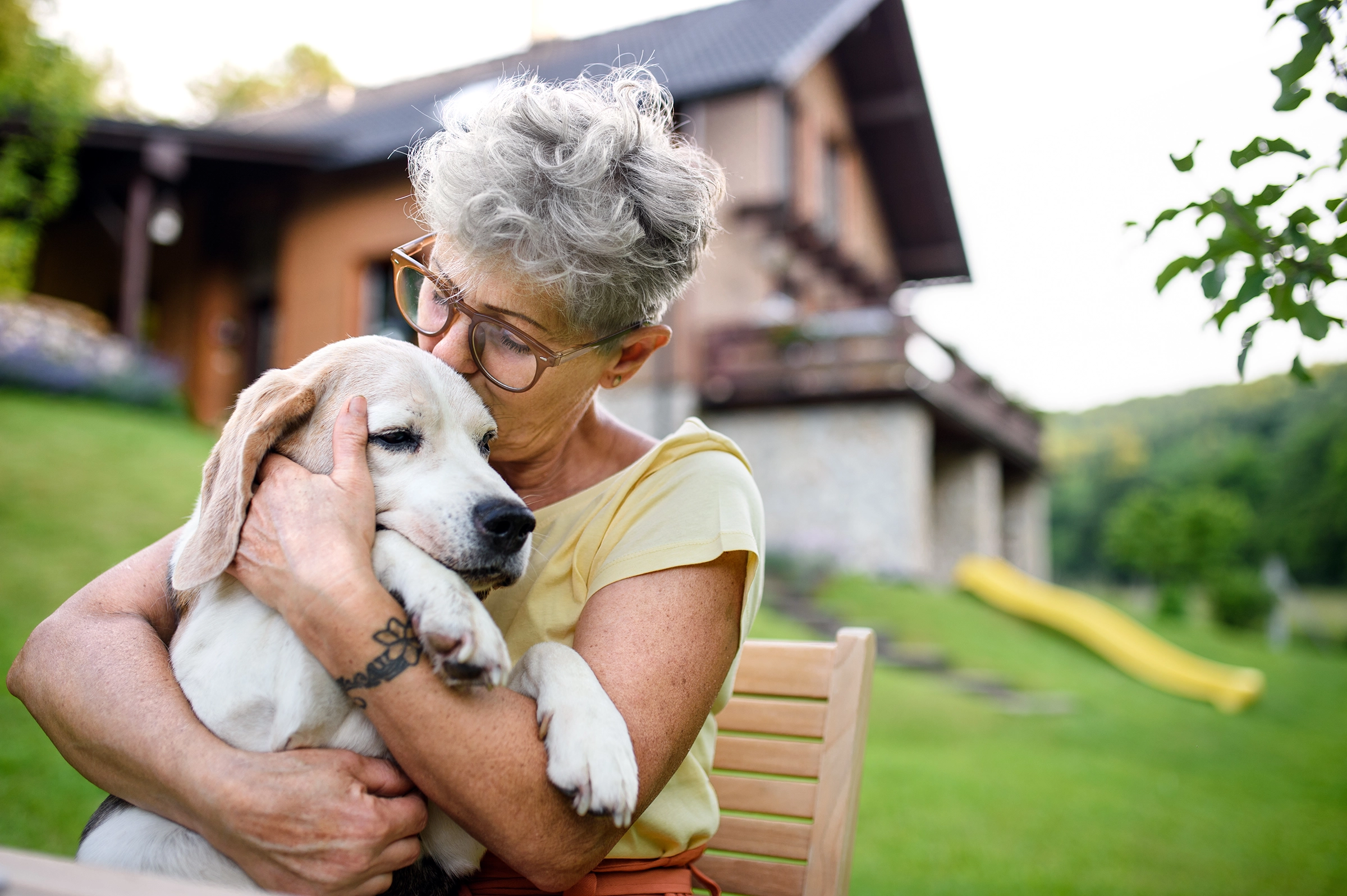
Diving into new foster dog tips, you’ll find that forging a bond stands out as an essential cornerstone. This connection isn’t just about companionship; it’s the foundation that makes the fostering journey smoother and more fulfilling for both you and the dog.
So, how can you cultivate this bond? Let’s explore.
The Importance of Patience
Every dog, like every human, has a unique personality and pace at which they bond. While some may open up immediately, others may need time.
- Don’t Rush: Let the dog set the bonding pace. They might need time to feel safe and trust their new environment.
- Celebrate Small Steps: Every positive interaction, be it a wagging tail or a gentle nuzzle, is progress.
- Stay Calm: Your calm demeanor can be reassuring for a dog trying to navigate a new setting.
Building Trust Through Routines and Consistency
Predictability can be a significant trust-builder for dogs.
- Set Routines: Regular feeding, walking, and playtimes can make a dog feel secure.
- Consistent Rules: Ensure everyone in the household is on the same page regarding dog rules to prevent confusion.
- Positive Reinforcement: Praise and reward good behavior consistently, emphasizing trust-building.
Playtime and Its Role in Bonding
Play isn’t just fun; it’s a bridge to connect with your foster dog.
- Choose Their Favorite Games: Some dogs love fetch, others tug-of-war. Find what they love and engage.
- Introduce New Toys: A variety of toys can keep playtime fresh and exciting.
- Observe and Adapt: Watch their play style and adjust. Some might prefer calm games, while others enjoy energetic play.
Training Sessions as Bonding Exercises
Training isn’t just about commands; it’s quality time spent together.
- Start Simple: Basic commands like ‘sit’ or ‘stay’ can be a great starting point.
- Use Treats: Treats can be both a motivation and a reward during training.
- Celebrate Successes: Every mastered command is a bonding milestone. Celebrate with praises, pets, or treats.
Special Tips for Shy or Traumatized Dogs

For dogs with a challenging past or inherent shyness, special care is required.
- Safe Spaces: Ensure they have a quiet, safe space they can retreat to whenever they feel overwhelmed.
- Gentle Interactions: Soft voices, slow movements, and non-threatening body language are crucial.
- Seek Expert Advice: For deeply traumatized dogs, consulting a canine behaviorist can provide specialized strategies to help them heal and bond.
Remember, at the heart of these new foster dog tips lies the principle of empathy. Building a bond is about understanding, patience, and genuine care.
As the bond strengthens, you’ll find the fostering journey becoming a tapestry of shared moments, mutual trust, and the pure, unadulterated joy of canine companionship.
Addressing Unique Fostering Challenges with New Foster Dog Tips
While the journey of fostering is filled with rewarding moments, it also brings forth its set of unique challenges. These challenges test not just your skills as a foster parent, but also your emotional resilience.
Emotional Attachment and the Eventual Goodbye
One of the most profound challenges in fostering is the deep bond you inevitably form with the dog. As days turn into weeks, this bond intensifies, making the eventual parting a deeply emotional event. It’s essential to go into fostering with an understanding of its temporary nature.
The ultimate goal is to give the dog a forever home, which might not necessarily be yours. But that doesn’t make the goodbye any easier. What helps is the understanding that your role was pivotal in the dog’s journey to find lasting happiness.
While the heartache is real, the satisfaction of having made a difference in a dog’s life is immeasurable.
Cherish the memories and take solace in the knowledge that your love served as a bridge to their forever home.
Handling Health Issues or Behavioral Problems
Not all foster dogs come without baggage. Some might have health issues, while others could exhibit behavioral problems stemming from past traumas or neglect. These challenges can be daunting, especially for first-time foster parents.
It’s crucial to have open communication with the rescue organization or shelter. They can provide guidance, resources, and sometimes even financial assistance for medical care. In cases of behavioral issues, patience and consistency are key.
Training, positive reinforcement, and sometimes even professional behavioral consultations can help address and manage these problems.
Remember, your home might be the first place where they experience love and care, making your role instrumental in their healing process.
Managing Introductions to Potential Adopters
The moment when a potential adopter comes to meet the foster dog can be bittersweet. While you hope for the best, there’s also a natural protective instinct.
It’s vital to approach these meetings with an open mind and heart. Prepare the dog by ensuring they are calm, perhaps with a short walk or play session beforehand.
During the meeting, observe the interactions, but also let the adopter and the dog have their space to connect.
Share insights about the dog’s personality, likes, dislikes, and quirks. Honesty is crucial. This meeting isn’t just about finding a home for the dog; it’s about ensuring it’s the right home.
Confronting these challenges head-on, equipped with new foster dog tips and a heart full of love, ensures that the fostering journey, while occasionally bumpy, remains a fulfilling and transformative experience.
It’s a testament to the power of love, patience, and resilience.
Celebrating the Rewards of Fostering with New Foster Dog Tips
Diving into the realm of new foster dog tips, while the challenges are evident, the rewards of fostering are profound and deeply enriching.
Beyond the evident joy of providing a temporary home, there are myriad benefits and heartwarming moments that come with the journey.
The Joy of Seeing a Dog Thrive and Find a Forever Home
There’s an unparalleled joy in witnessing the transformation of a timid, scared dog into a happy, playful companion. Every wag, every playful bark, and every nuzzle is a testament to their growth in your care.
- Memorable Milestones: From their first confident bark to the day they willingly approach you for a cuddle, these moments are golden.
- Adoption Day: While it comes with mixed feelings, knowing they’re transitioning to a loving forever home fills the heart with pride.
Personal Growth and the Skills Gained Through Fostering
Fostering isn’t just a journey for the dog; it’s a transformative experience for the foster parent too.
- Patience: Dealing with diverse dog personalities and challenges hones patience.
- Problem-solving: Each dog is a puzzle, teaching you innovative ways to tackle issues, be it health or behavior-related.
- Empathy: Understanding a dog’s traumas and fears deepens empathy and emotional intelligence.
Being a Vital Link in a Dog’s Journey to a Happier Life
Your role in their life story, though temporary, has a lifelong impact.
- Bridge to Better: From the streets or shelters to a loving home, you play a pivotal role in their journey.
- Lifelong Memories: Even after they’ve moved on, the memories stay, a constant reminder of the good you brought into a dog’s life.
- Making a Difference: In the grand scheme, you’ve changed the trajectory of a life, steering it towards love and happiness.
In essence, equipped with the right new foster dog tips and an open heart, the rewards of fostering are manifold.
Final Thoughts on New Foster Dog Tips
Fostering a dog is a journey filled with challenges and joys, each teaching invaluable lessons of love, patience, and resilience.
With the right tips and a compassionate approach, it becomes more than just a temporary arrangement; it’s a life-changing experience.
-

Coffee Mug – In Dog Coffees I’ve Only Had One
$11.95 – $14.95 Select options This product has multiple variants. The options may be chosen on the product page
